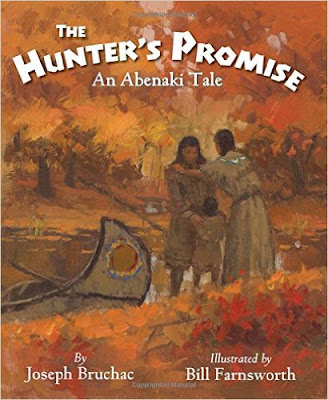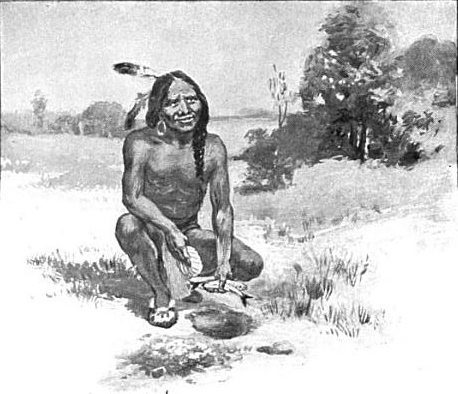I promised last week to share some of the multicultural Christmas books we have been reading and/or have found. Today is the day to share! Now you may be asking why share books about other cultures. First I know I want my daughter to know about other cultures and show respect for all. Second, I think it is important to see books with people besides our own kind. The world is a diverse place and to be a part of it, we need to understand a bit about each other so we can find a way to be at peace with one another.
The books I am sharing I have divided into a few categories. The first is different culture books--they contain more than one culture in each book.
- Santa's North Pole Cookbook by Jeff Guinn is a book with recipes from all over the world. I find food a wonderful way to share cultures with Hazel.
- Three Wise Women by Mary Hoffman is one of my favorite Christmas books. It is about three women who see the star and follow it. They do not know how long they walk, but they know they must follow the star. They meet and walk together and find the stable with Joseph and Mary. Each finds a gift to give the baby. One woman brings bread she was baking, one tells stories and the third has only her young son, but he reaches out to the baby and shows love.
- Elijah's Angel by Michael J. Rosen is a story told by a young Jewish boy about his neighbor and friend, Elijah. Elijah is an elderly black man and a barber and woodcarver. As their friendship grows from visits after school, Elijah gives his young friend a Christmas angel he has carved. The Jewish boy is afraid to show the angel to his parents, but he loves it and his parents give him a way to accept a Christian gift and still be Jewish.
- A Doll for Navidades by Esmerelda Santiago is a wonderful story about Three Kings' Day and a young girl hoping for a doll. Her younger sister is also hoping for a doll. The younger one gets the doll they both want and the older girl must learn to deal with getting something else. It was a wonderful introduction for us to Three Kings' Day and the three kings instead of Santa Claus.
- Federico and the Magi's Gift by Beatriz Vidal is another story about Three Kings' Day. A young boy is afraid he will get nothing for Three Kings' Day since he was reprimanded for doing something wrong that day. It is his story about waiting for the Three Wisemen to bring the gifts.
- Carlos, Light the Farolito by Jean Ciavonne
- Nine Days to Christmas: A Story of Mexico by Marie Hall Ets and Aurora Labastida
- Mimi's Parranda by Lydia M. Gil
- La Noche Buena: A Christmas Story by Antionio Sacre is told by a young girl who is spending Christmas with her Cuban American father and his family in Miami for the first time. She discovers why her father describes Christmas Eve as the best night of the year.
- Grandma's Gift by Eric Velasquez is a story about a Puerto Rican boy spending the Christmas vacation with his grandmother. After preparing the Puerto Rican meal, they go to the Metropolitan Museum of Art and the boy sees for the first time that he wants to become an artist. The grandmother gives him the perfect gift--a set of paints.
- Too Many Tamales by Gary Soto
- The Night of Las Posadas by Tomie dePaula is a wonderful story with a Christmas miracle/mystery in it. It describes the tradition of the Night of Las Posadas through the story.
- Mama Had to Work on Christmas by Carolyn Marsden
- A Pinata in a Pine Tree by Pat Mora
- When Christmas Feels Like Home by Gretchen Griffith
- Three books on the story of the first poinsettia: each tells the tale of a poor child ashamed to go to mass in Mexico without a gift for Jesus and being told by an angel to bring weeds that become beautiful red flowers.
- Pablo's Christmas by Hugo C. Martin is a story of a young Mexican boy who has to take care of his family when his father leaves to find work in America. Pablo is not sure how he is going to make Christmas happy for his family and especially his young sisters.
For our Native American Stories, we did not get a chance to read or even find too many at the library. However each of these books share different tribes stories of Christmas. Some are the traditional Christmas story in Native American pictures and others are more modern stories and/or memories of tribe members. Then there are a few that are Christmas songs--two of which are The Huron Carol. Instead of giving each description I thought I would share this great YouTube video of The Huron Carol.
For our African Descent books, I found nine plus the two from Kenya I shared last year: A Kenyan Christmas by Aunty Kiko and A Kenya Christmas by Tony Johnston. Some of these are about African Americans, some from Africa and one is from Trinidad. One of these books reminded me a of a dear friend with an angel collection. She tended to buy any black angel she found since they were not easy to find here.
- Yoon and the Christmas Mitten by Helen Recorvits tells the tale about a young Korean girl who wants to celebrate Christmas now that she lives in America or at least she wants Mr. Santa Claus to come to her house like he will for the other boys and girls at her school.
- Tree of Cranes by Allen Say is about a young Japanese boy and his mother preparing for the boy's first Christmas.
- The Stone by Dianne Hofmeyr is a Persian legend about the magi. This is a story that Hazel and I both really enjoyed. Each magi brings a gift for what he thinks the new king will be and when he accepts each gift and gives them a gift of a stone in return they are puzzled, but realize he is all three things: Healer, Ruler and Holy One.
- Mama Bear by Chyng Feng Sun is a story about a young Chinese American girl who wants to find away to buy an expensive teddy bear for herself and her mother for Christmas. Her mother needs to fix the heater and cannot afford to buy it for her. The girl discovers some important lessons throughout the story.
If you are looking for some books about the nativity check out here.














































